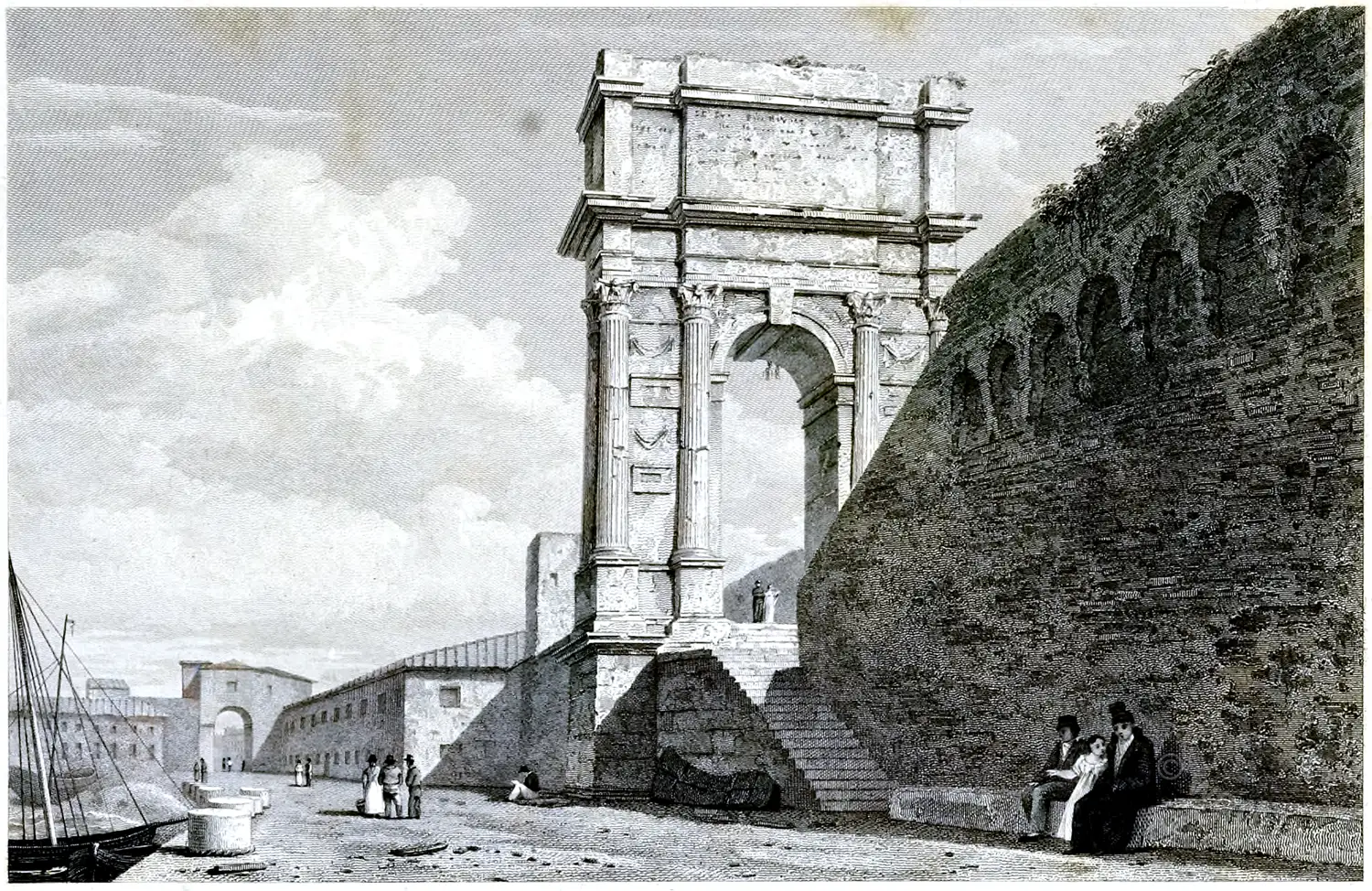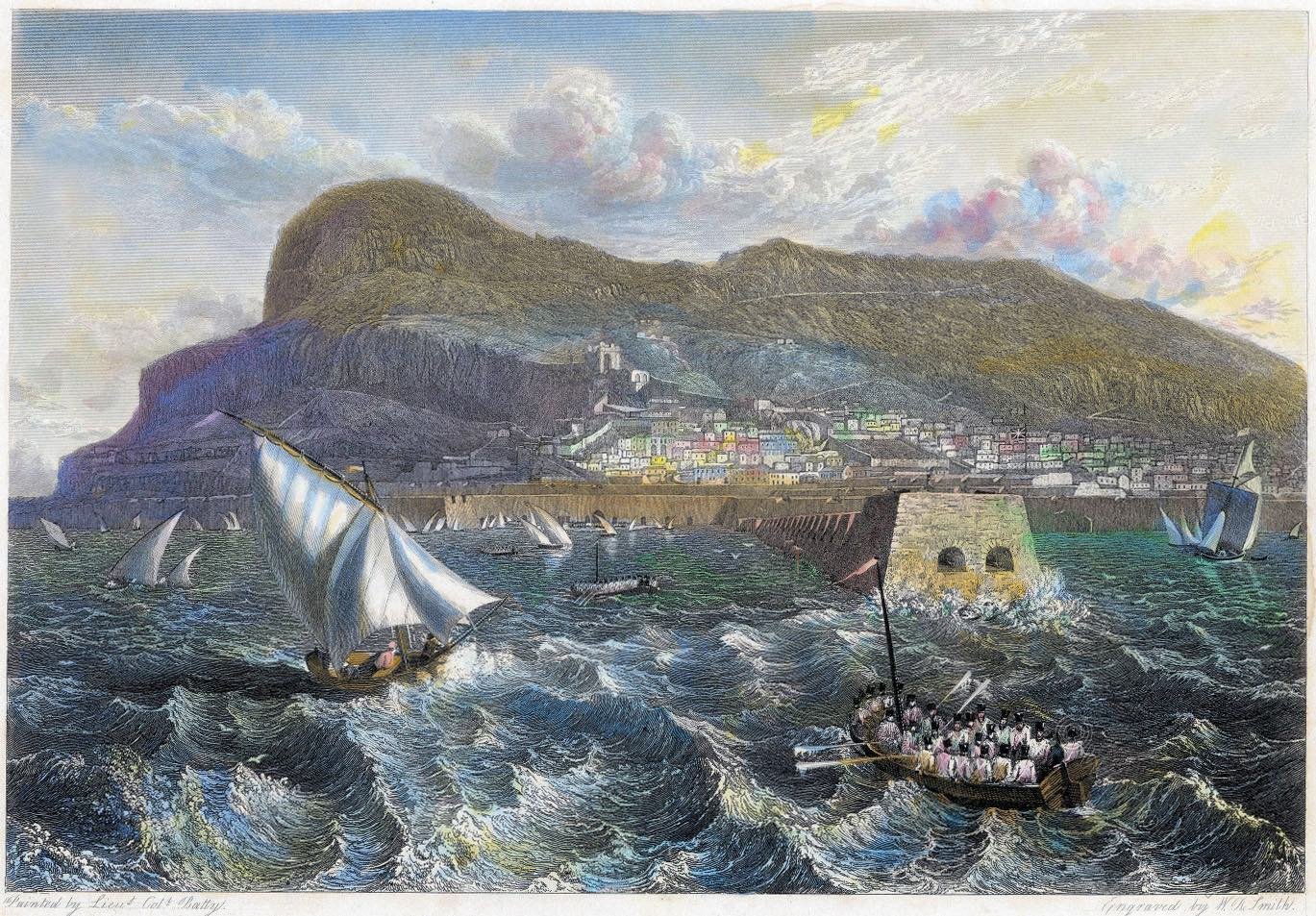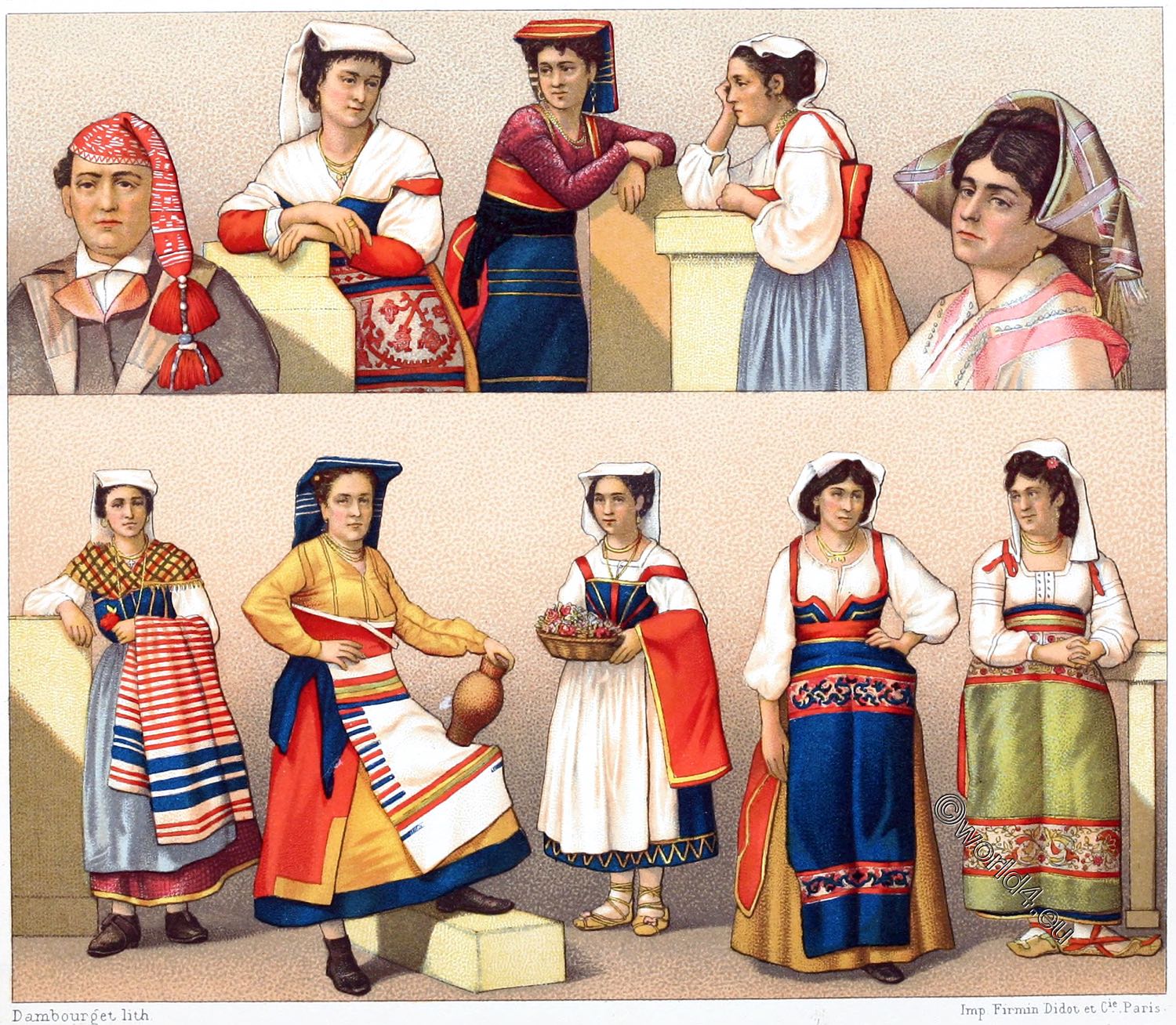ARCH AT ANCONA.
This Arch was a tribute of gratitude to the Emperor Trajan, for the improvement made at his expense in the port of Ancona, and was erected in the year 115 A. D., in honour of the Emperor himself, the Empress Plotina, and his sister Martiana. Arches of this kind are generally described under the name triumphal; it does not, however, appear that they were destined solely to the commemoration of military deeds, but were erected in honour of public virtue in general, though the chief merit in the eye of a Roman being success in war, they were for this reason most frequently so applied.
Pliny says, while speaking of the subject of public rewards: Columnarum ratio erat supra cateros mortales attolli, quod, et arcus significant novitio inventi. Nat. Hist, xxxiv. 6.
This Arch is built entirely of white marble, and in point of excellence of preservation, yields perhaps to no other specimen of antiquity in Italy; still its beauty in the eye of the architect is but small, on account of the general meagreness of its proportions. Some authors pretend that it was thus constructed by design, in order that the work, when viewed from a point below its base (as in the view annexed), might not appear thick and clumsy.
Such reasoning is ingenious, rather than correct: it was built at a time when architecture was upon the decline, and in perfect conformity with the fashion of the day. We may observe instances of columns with narrow entablature and long-drawn shafts, even in the edifices erected under the Emperor Augustus, and from thence trace them in successive aeras of degradation to the time of Diocletian, and the new style formed out of the corrupted state of the old. It is singular enough, that at the commencement of the restoration of architecture, it should have passed again through the same meagre forms before it regained its ancient legitimate proportions: many examples of which may be seen in our country in buildings of the sixteenth century, as indeed, generally upon the Continent.
The advantageous situation of Ancona for commerce, being the only port of importance on this part of the Eastern coast of Italy, has induced the Papal government to relax in the strictness of their usual legislative principles, and for a long time a general toleration of all religions has been permitted here.
The commerce consists chiefly in the exportation of corn, hemp, sulphur, fish, and fayence ware, from the manufactories of Faenza; the importation, in articles of necessary use for the manufactories, and the consumption of the neighbourhood.
The arch seen in the distance is a modern one, built after a design by Vanvitelli, under the reign of Pope Clement XII., whose name it bears.
A picturesque tour of Italy, from drawings made in 1816-1817 by James Hakewill (1778-1843); Turner, J. M. W. (Joseph Mallord William). London: John Murray, 1820.
Discover more from World4 Costume Culture History
Subscribe to get the latest posts sent to your email.



